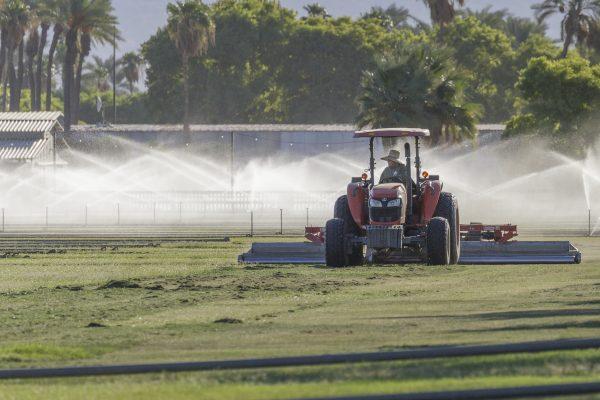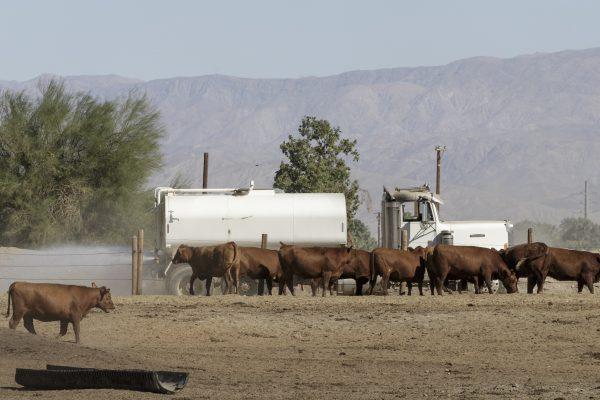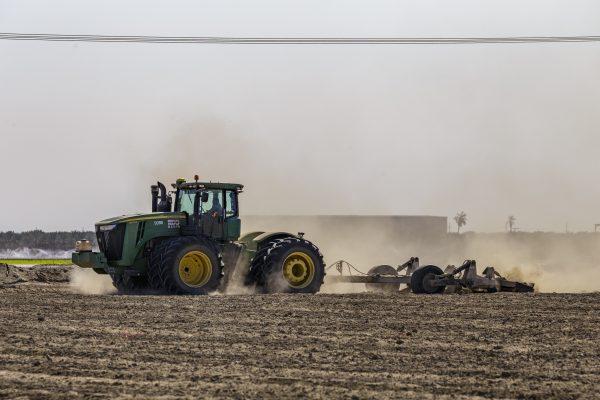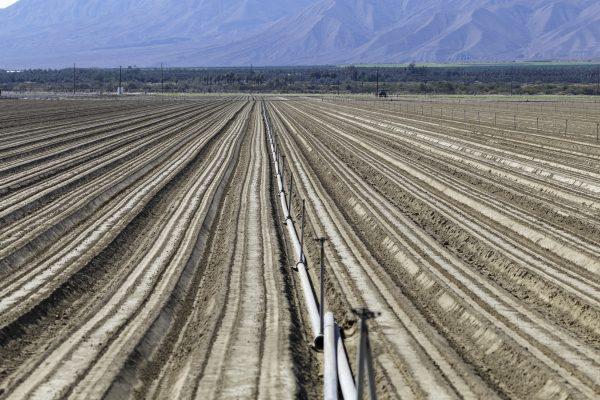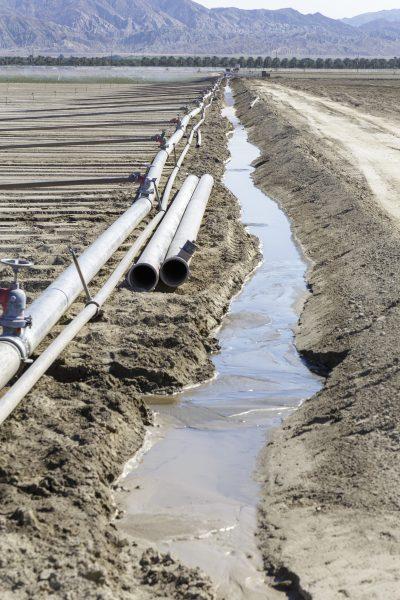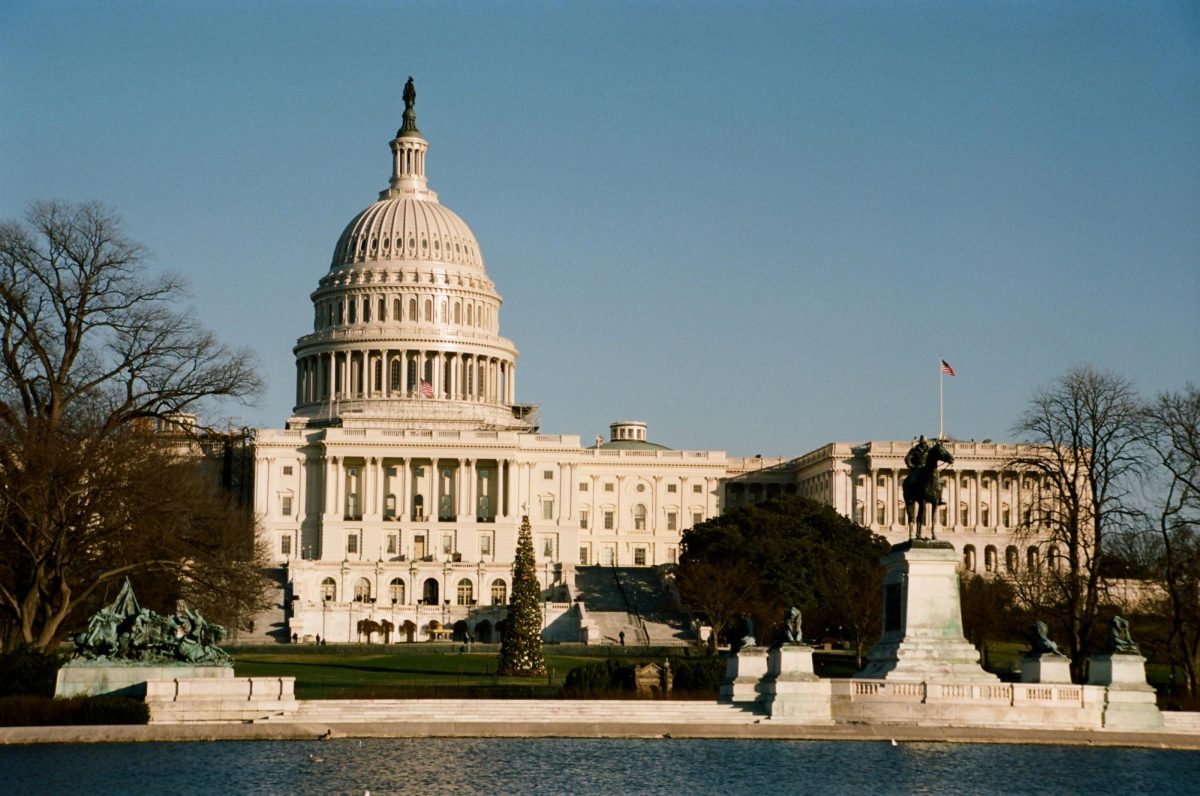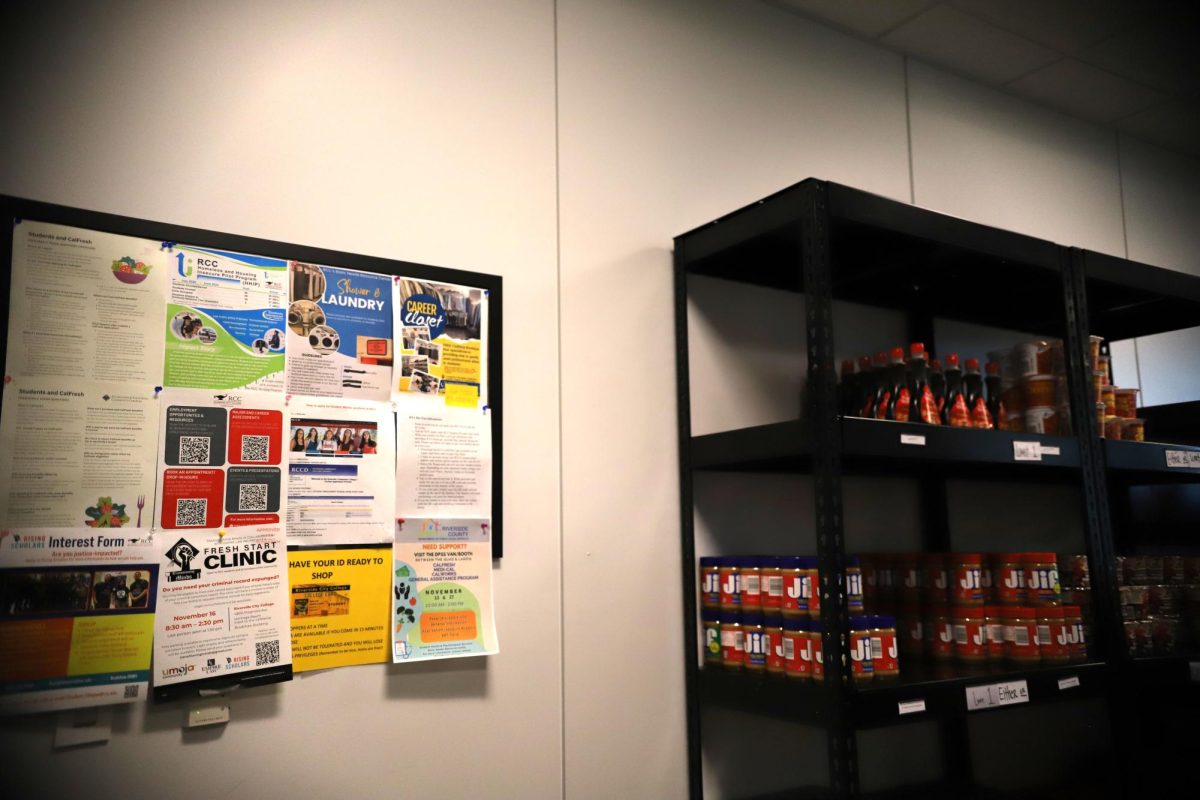By Joyce Nugent
Water shortages threatening California’s agricultural productivity could have a direct impact on the food supply and security in Riverside County and nationally.
Joe Del Bosque is leaving a third of his 2,000-acre farm unplanted this year due to extreme drought.
“We’re taking a big risk in planting crops and hoping the water gets here in time,” Del Bosque said.
California has 25.5 million acres of farm and ranch land, and the average farm size is 329 acres. California’s 77,500 farms produce more than 400 commodities, and two-thirds of the nation’s fruits and nuts. About one-quarter of what California produces is exported around the world.
Largely due to the soil, temperate climate and irrigation, California leads the nation in farm income.
About 73% of the state’s agriculture revenues are derived from crops while the other 27% of revenues are generated by livestock. California agriculture generates roughly $49.9 billion annually.
Because California is experiencing an extreme drought, hundreds of domestic wells are running dry and levels in major reservoirs have dropped below historic averages. The demand for water from rivers and streams has outpaced supply during 2021, the warmest and driest year on record since 1896.
“The challenge is there is no water,” said Karla Nemeth, director of the California Department of Water Resources.
Water for agricultural irrigation in Riverside County primarily comes from the Colorado River. It is delivered to local farms via the 123-mile Coachella Canal. Only one-quarter to one-third of farm irrigation water is groundwater, pumped from privately owned wells.
The Colorado River provides water for cities, tribal nations and about 4.5 million acres of farmland from Wyoming to the U.S.-Mexico border. About 70% of the water diverted from the river in the U.S. is used for agriculture.
But as extreme heat and drought have persisted, the levels of the Colorado River’s largest reservoir, Lake Mead, have decreased faster than had been expected.
“The Colorado River Basin is the ‘canary in the mine’ for the future of water in the American West,” said Will Sarni, Executive Council of NOAA’s National Integrated Drought Information System. “If we don’t fix what is broken for the Colorado, we will feel the bite of climate change and resultant economic, business, social and ecosystem impacts at a scale exceeding the American dust bowl of the 1930s.”
In August 2021, the U.S. Secretary of the Interior declared the first ever Tier 1 shortage for the Colorado River which means reduced water deliveries to Arizona, California and Nevada for 2022 and 2023.
The Tier 1 shortage declaration followed the U.S. Bureau of Reclamation’s forecast that the water level in Lake Mead – the largest reservoir in the U.S. located on the Arizona-Nevada border – will continue to drop to less than 40% of its capacity by the end of 2021.
In response, farmers who control the Palo Verde Irrigation District (PVID) voted unanimously this month to agree to cancel planting some of their crops for three years. They will be paid about $925 per acre via federal drought response funds and water ratepayers in Arizona, Nevada and Southern California, with 2% increases each year after that.
Bart Fisher, a PVID trustee whose family owns the 11,500-acre Fisher Ranch in Blythe, said the payments would just cover costs.
“We’d rather be farming, but right now we feel an obligation to our fellow agencies along the river,” Fisher said. “We are all connected by the Colorado River, and making it more sustainable is in the long-term best interest of all of us.”
The partnership between PVID, the U.S. Bureau of Reclamation, the Metropolitan Water District of Southern California, the Central Arizona Project and the Southern Nevada Water Authority is expected to conserve up to 180,000 acre-feet of water over the next three years, equal to about three feet of Lake Mead’s water level. An acre-foot of water is enough to supply about two households for a year.
Natural Resources Secretary, Wade Crowfoot, said California is better prepared than before the last drought, but climate change is quickly moving the finish line.
“We are in a race against time and the changing climate. All that we’ve done is important, but we need to do more,” Crowfoot said.
“California farmers will see sharp cuts in water supplies this year,” said Jamie Johansson, president of the California Farm Bureau.“That means hundreds of thousands of acres of land will lie idle. It means thousands of people will lose jobs, in both rural and urban areas. It means Californians will have less locally grown food available.”

